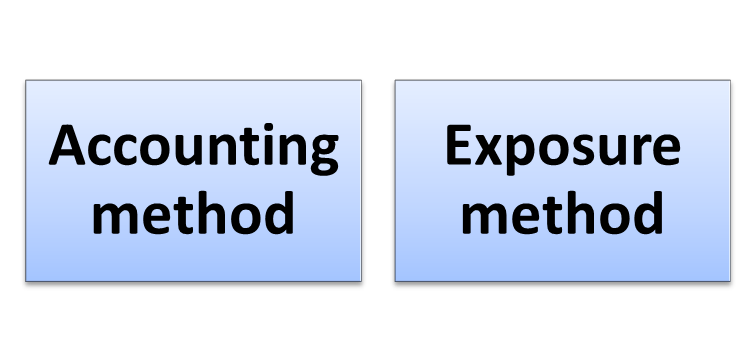What is an Earned Premium?
An earned premium refers to the amount of premiums received by an insurance company for a portion of an expired insurance contract. It is a premium that is paid by the insured party for the time in which the insurance policy was effective to cover the risk. All the premiums which are related to the active portion of a contract of insurance are expressed as unearned premiums because the insurance company is taking risks in order to make the premiums.
Once the policy expired, it can then record it as profit or earned and if the policy is active, it is recorded as unearned, as the Insurance firm is still taking risks to generate the premium.
Highlights
- An earned premium refers to the amount of premiums received by insurance company for a portion of an expired insurance contract.
- The insurance company only can change the status of unearned premium to earned premium when the whole premium is considered as profit.
- The term earned premium is generally used in the insurance sector as policy holders may pay premiums earlier (advance), these paid premiums for insurance contracts are not considered as insurer’s profit.
© 2022 Kalkine Media®
Understanding Earned Premium
The term earned premium is generally used in the insurance sector as policyholders pay premiums in advance, so these paid premiums for insurance contracts are not considered as insurers’ profit. The financial obligation of a policyholder end when they get the benefits, contrary the financial obligations of an insurer start when they get the premium.
The premium received by the insurance company is considered as an unearned premium not as a profit until the contract has expired because an insurer is still accountable to fulfill any financial risk during the time of that contract. The insurance company only can change the status of unearned premium to earned premium when the whole premium is considered as profit as the company no longer assumes any financial risk. Let’s say the insurer considered the premium as a profit and the duration of time hasn't expired, and the insured person files for a claim during that duration of time.

© 2022 Kalkine Media®
The insurer will have to adjust its books to undo the transaction that is recorded the premium as a profit or earning. It is better to keep off on listing the transaction as a profit in the event which is filing a claim. If the insurance company records premium as an earning even when the contract is still not expired and the policyholders' claims during that time period. In such a case, the company has to rearrange its accounts to unwind the transaction and list the premium as an earning.
Frequently Asked Questions (FAQs)
What are the different methods of calculating Earned Premium?
The earned premium can be calculated by using two methods given below:

Source: Copyright © 2021 Kalkine Media
- Accounting method
The accounting method is one of the most common methods of calculating earned premiums. Most insurance companies use this method to present earned premiums on their corporate income statements. It is calculated by taking the total number of days since the starting of an insurance contract, and then it multiplies with the earned premium of each day. This method shows the accurate amounts that an insurer records on specific contracts. For instance, an insurer gets £2000 as a premium. The policy has been at work for 105 days. So, the earned premium is calculated by dividing £2000 with the multiplication of 365. The insurance company would have £547.94 as its earned premium.
- Exposure method
The exposure method is the second method of calculating earned premium; it is a more complicated and data-driven method in the comparison of accounting methods. In this method, historical data is used to determine the value of an insurance contract. The method is focused on different risks associated with an insurance contract. In the exposure method, the calculation is not based on the date on which a premium is restrained. The exposure method considers the fact how premiums are revealed to losses over a certain period of time. The exposure method calculates the earned premiums by examining various risk scenarios including high-risk and low-risk scenarios through historical data that might happen over a specific time frame and focused on the inspection of a portion of the unearned premium.
How does earned premium differ from unearned premium?
Earned premium defines the premiums which are paid in advance to the insurance company and these premiums belong to the insurance company. Whereas Unearned premium is received by the insurer in advance that may be needed to pay back to a policyholder in a case of coverage is terminated prior to the premium period is over. Whereas Unearned profit
For instance, a person purchases an insurance policy for an automobile and makes the payment eight months in advance. If he meets with an accident and his vehicle is damaged in the three months of the insurance policy, the insurer takes the premiums of the first three months. The amount of the first three months is earned premiums of an insurance company. And the remaining premium of five months is given back to the insured person. And the amount of the remaining five months is unearned premiums.
 Please wait processing your request...
Please wait processing your request...